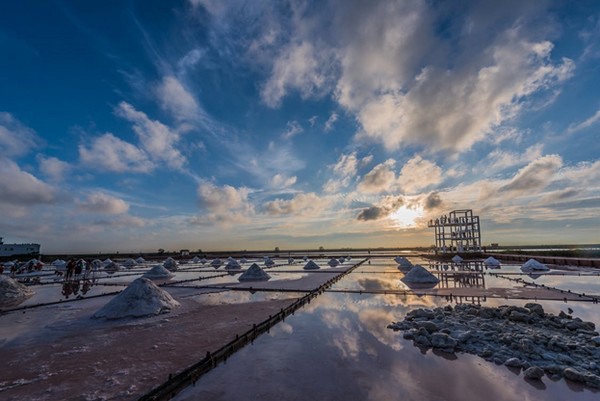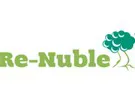The use of food waste in soilless farms continues to emerge as a critical path to controlling and managing hydroponic cost. It also promises to deliver greater resource efficiency and a high waste-to-value ratio compared to mineral salts. And while this hasn’t always been the case, soilless farms now have technology and science available to them that can lead them to consider sourcing their minerals at both the macro and micro levels from sterile, verified vegetative waste streams for financial benefits as well.

Traditional barriers
Past considerations for using vegetative food waste as a mineral source for soilless farms were affected by many barriers. These included:
Infrastructure: Logistics, transportation, application, and other factors meant that there was no traditional infrastructure in place to tap into to recapture minerals and repurpose them for food growth in a more circular system.
Science: In addition to infrastructure challenges, the science for developing accurate, measurable mineral inputs for soilless farms varied wildly, a problem no soilless farm could risk.
Processing: Soilless farms were also limited on space and equipment available to extract desired minerals. It was not feasible from an investment perspective, and it was outside their expertise, requiring excess space and access to waste streams.
Previously, these risks were deemed too high for vertical farms that required a delicate balance that could easily be upset by any of the barriers above.
Danger to current input costs represents an opportunity
As soilless farms continue to grow, the sourcing of crucial minerals is becoming more expensive globally. In addition to competition directly from traditional farms, soilless farms also compete with other industries outside food production for many of the same minerals.
Recent data from mineral-rich regions such as Chile indicate that critical minerals such as Molybdenum and nitrates, and salts are growing with no drop-off insight. Many of these minerals are used in numerous industries, such as new alternative energy products and traditional and soilless farms.
Breaking through
To break through to greater profitability, hydroponic and other soilless farms are already challenged with higher energy and operational costs than traditional farms. They are also facing an increasingly aware and sophisticated consumer base that seeks new products to entice them to “buy in” to a new model. And they must also use science and technology to propel yields and optimize space to allow them to create an economy of scale.
One innovative way to accomplish this would be by sourcing minerals through products created in a closed-loop system that extracts minerals from food waste. The financial impact of being able to do this is a game-changer for the industry. It would remove itself from the global competition of commodified minerals and allow a direct and sustainable source of minerals and nutrients that perform at or better than current mineral salt use.
For more information:
Re-Nuble
www.re-nuble.com
